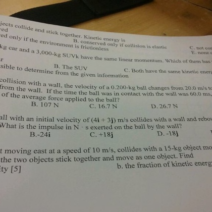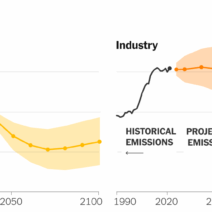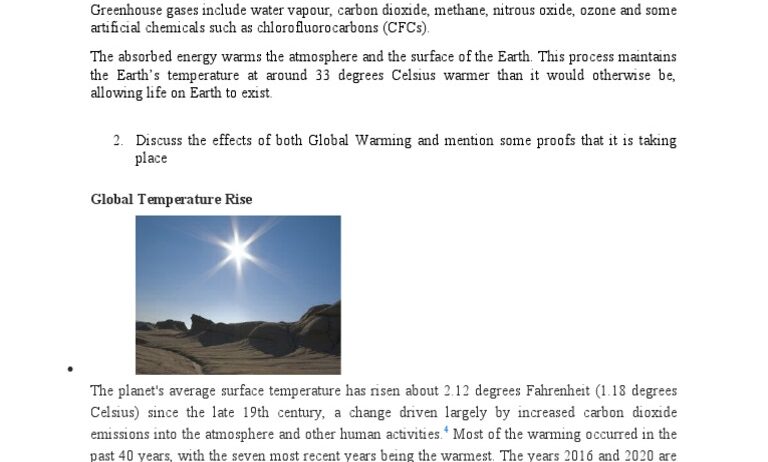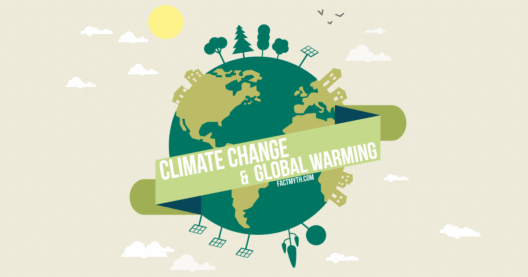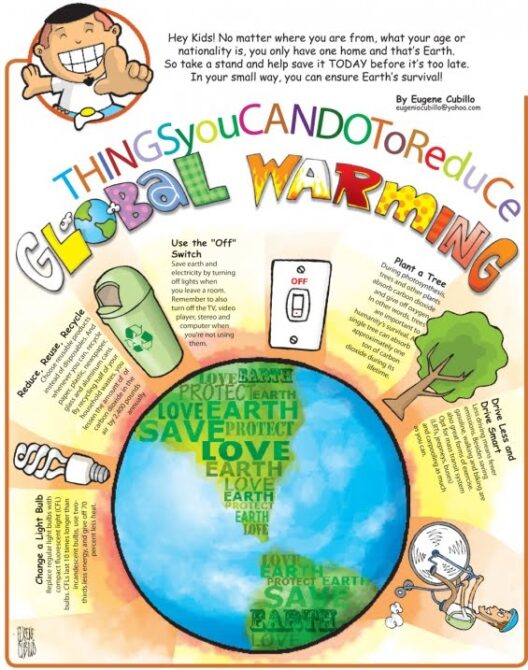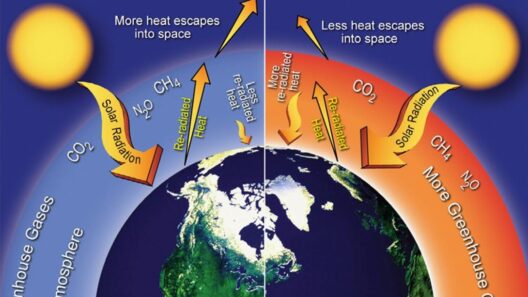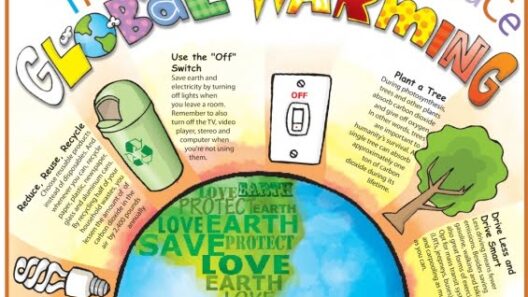The distinctions between climate change and global warming are often blurred, leading to confusion among the general public. While these two terms are frequently used interchangeably, they encapsulate different phenomena related to the Earth’s atmospheric and environmental conditions. Understanding these nuances is essential for comprehending the broader discourse on environmental issues.
Climate change refers to significant alterations in temperature, precipitation patterns, and other atmospheric conditions over extended periods, ranging from decades to millions of years. It encompasses a wide range of phenomena, including shifts in ocean currents, alterations in weather patterns, and changes in biodiversity. Global warming, on the other hand, is a specific aspect of climate change, primarily linked to the ongoing increase in Earth’s average surface temperature, attributable predominantly to the rise of greenhouse gases due to human activity.
To dissect the differences between these two important concepts, we will explore their definitions, examine their implications on the Earth and its inhabitants, and consider how human activity exacerbates these phenomena.
The Fundamentals of Climate Change
Climate change involves a spectrum of environmental shifts that can be caused by natural phenomena, such as volcanic eruptions and variations in solar energy. However, a significant portion of the current climate change is driven by anthropogenic factors. Human-induced contributions include deforestation, land-use changes, and the combustion of fossil fuels, all of which release substantial amounts of carbon dioxide (CO2) and other greenhouse gases into the atmosphere.
These alterations in atmospheric composition can lead to various consequences, including more extreme weather events, shifts in agricultural productivity, and drastic impacts on ecosystems. The ripple effects of these shifts not only threaten the environment but also human health, food security, and overall economic stability. For instance, changing climate patterns result in more intense droughts or floods, leading to displacement and loss of livelihoods.
Decoding Global Warming
Global warming is characterized by the measurable increase in Earth’s average temperature, which has escalated by approximately 1.2 degrees Celsius since the late 19th century. This phenomenon is largely the result of elevated concentrations of greenhouse gases, such as CO2, methane (CH4), and nitrous oxide (N2O), which trap heat in the atmosphere. These gases accumulate due to activities like burning coal, oil, and natural gas, as well as agricultural practices and industrial processes.
The implications of global warming are profound. As temperatures rise, polar ice caps and glaciers are melting, leading to rising sea levels that threaten coastal communities worldwide. Moreover, increased temperatures expedite the cycle of evaporation and precipitation, resulting in more severe weather events, including hurricanes and prolonged droughts. The impact on biodiversity is equally alarming, as countless species struggle to adapt to the rapidly changing climate.
Interconnectedness of Global Warming and Climate Change
While climate change encompasses a broad range of atmospheric alterations, global warming serves as a pressing symptom of these changes. Understanding the intimate relationship between these two concepts reveals the scale of the crisis at hand. Indeed, global warming acts as a major driver behind many climate-related complications, leading to further shifts in weather patterns, ocean currents, and ecological balances.
The increase in temperatures is not merely a standalone issue; it interplays with other climate change phenomena, resulting in a vicious cycle of consequences. For instance, as temperatures rise, the incidence of wildfires increases, leading to more CO2 emissions, which further exacerbates global warming. Consequently, addressing global warming is imperative for mitigating the broader impacts of climate change.
Human Activity: The Catalyst for Change
Human activities are at the core of both global warming and climate change through emissions of greenhouse gases. The Industrial Revolution marked a significant turning point, catalyzing mass fossil fuel consumption, deforestation, and urbanization, all of which have intensified climate change. The rise of CO2 levels, directly linked to fossil fuel combustion and land-use transformations, has stirred an imbalance in the Earth’s climate systems.
Moreover, agricultural practices, particularly livestock farming, contribute to greenhouse gas emissions through methane release. This breed of anthropogenic activity illustrates the urgent need to re-examine practices that contribute to climate change. Transitioning to sustainable agriculture, embracing renewable energy sources, and implementing comprehensive policies to reduce carbon footprints are critical to curbing both global warming and climate change.
Conclusion: The Way Forward
Understanding the distinctions between climate change and global warming is crucial for fostering informed discussions on environmental conservation and policy-making. While both are intricately linked, recognizing the nuances allows for targeted strategies in addressing the myriad challenges posed by our rapidly changing planet. The pathway to a sustainable future lies in mitigating the impacts of global warming while simultaneously adapting to the ongoing shifts in climate. Only through collective action and conscientious choices can we hope to create a resilient and thriving Earth for future generations.
